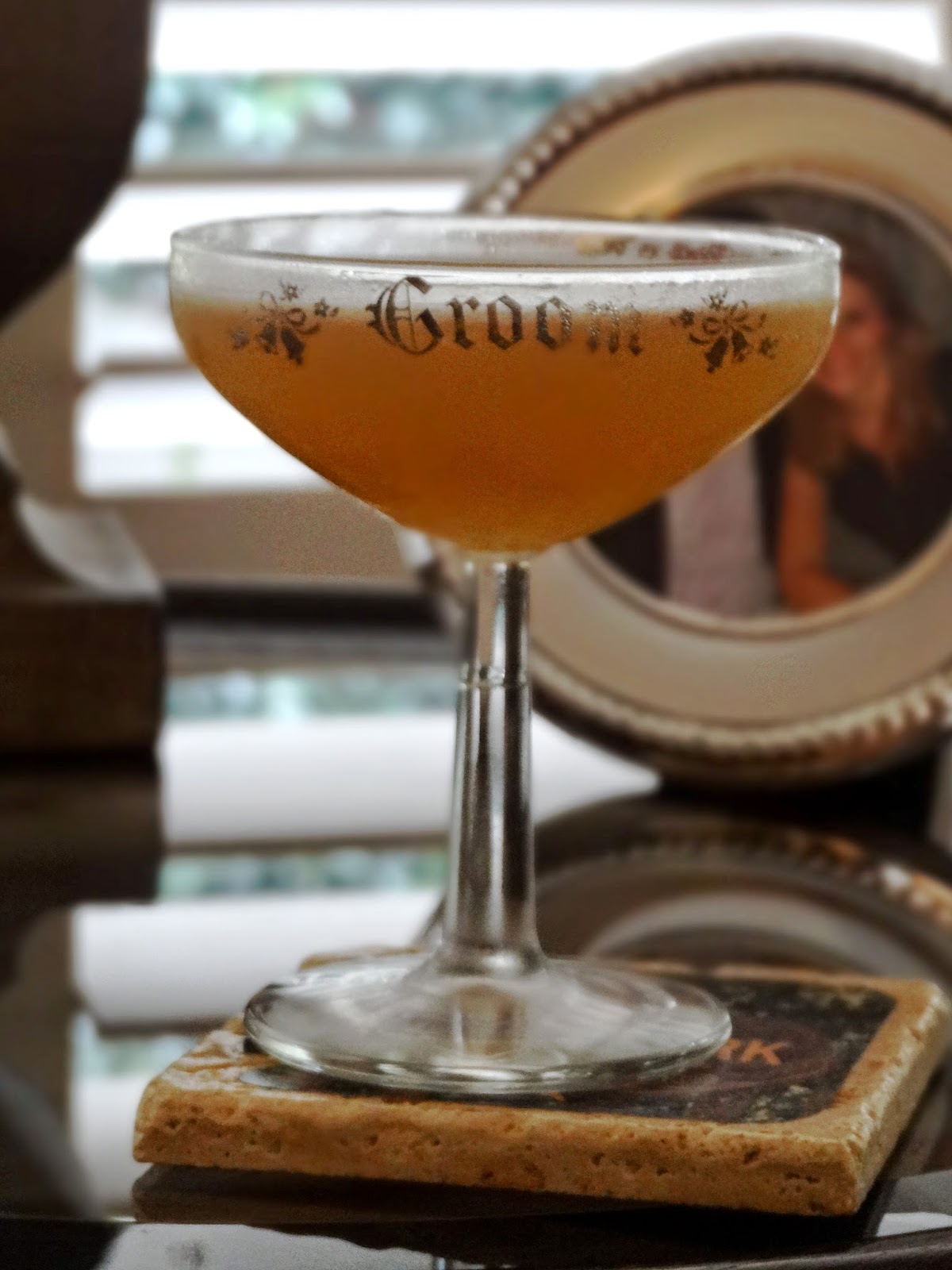Kevin Gillespie's Gunshow is probably my favorite restaurant it the city right now. The small plate dim sum style service jives perfectly with my desire to try a little bit of everything on his menu. Gillespie and his staff basically make whatever they feel that particular week, which means you can and will transition from elegantly plated foie gras to equally delicious casual dishes like the "West Coast" burger.
This burger is Gillespie's take on the "secret" menu item from In-N-Out Burger, the Double-Double Animal Style. This burger came in the midst of a fast-paced meal, so I didn't get a lot of the specifics about sourcing, etc.
The Meat: The patties are 3-4 oz. each and expertly seared. I'm not sure what cut is used, but it's probably 80/20 chuck. The beef is tender and extremely juicy.
The Bun: Perfectly soft and crisp on the cut side, which helps it stand up to the toppings.
The Cheese: Standard American, as it should be.
The Toppings: Grilled onions, pickles, and house made thousand-island smear. The extra sauce and nearly caramelized onions make for a very messy burger.
The Verdict: 95/100. This burger is downright slutty in all the best ways and is a must order (if it's being offered, which it isn't always), no matter how many courses of foie gras or seared scallops you've already had. Order it, clean yourself up, and take the walk of shame to your car knowing you've had one of the best burgers in the city.
Previous Ratings:
"The Meatstick" - One Eared Stag (97/100)
"Apache Style" - Grindhouse Killer Burgers (87/100)
"Beltline Burger" - H. Harper Station (85/100)
"The Caboose" - Stationside (80/100)







